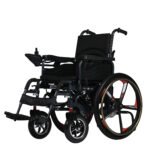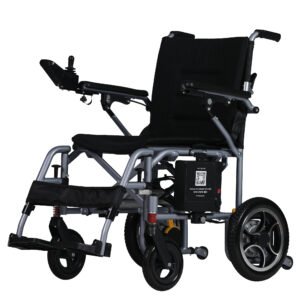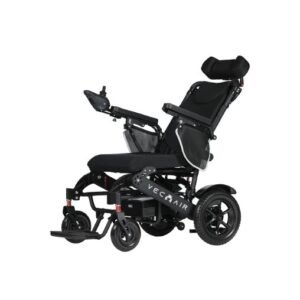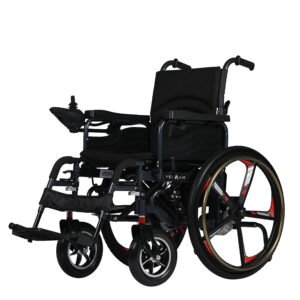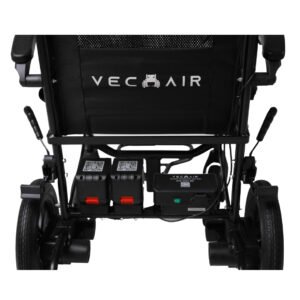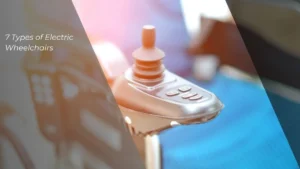You may believe that self-propelled wheelchairs or an electric wheelchair are a modern invention, but they’ve been around in some form for longer than you might think. Power wheelchairs have always represented the best of human technology and materials. In one era, personal carriages or hinged designs were considered cutting edge. Nowadays, there are many more options available. Here’s a quick look at wheelchairs then, now, and what the future may hold.
The History of Motorized Wheelchairs:
1655: Stephan Farffler, a paraplegic watchmaker from Nuremberg, invented the world’s first self-propelled wheelchair. It ran on a series of hand cranks and cogwheels.
The 1760s: James Heath of Bath, England, invented the ‘Bath Wheelchair.’ This resembled a petite carriage and could be pushed by another person or drawn behind a horse. Although notoriously uncomfortable, they became a popular option for English people with limited mobility.
1916: The world’s first motorized wheelchair is created in London but does not go into production.
1933: Two mechanical engineers, Harry C. Jennings, Sr., and his disabled friend Herbert Everest, decided to upgrade the wheelchair with that era’s cutting-edge technology. They created a steel-framed, comfortably padded wheelchair that was easy to operate, fold, and transport. Their company, Everest & Jennings, dominate the wheelchair market for much of the 20th century.
The 1950s: To assist veterans of World War II, Canadian inventor George Klein creates the first electrically powered wheelchair. Everest & Jennings began manufacturing these power wheelchairs on a mass scale in 1956.
Electric Wheelchair of the Future:
With technology progressing by leaps and bounds, there are sure to be some amazing innovations in mobility devices over the next 50 years. Here are a few features that may appear in the coming decades.
Brain Control. Experiments are underway with brain implants that could let people control a chair by thought alone. This would allow people with virtually any degree of physical disability to use these devices.
Luxurious User Experience. Responsive seat cushions. Extended battery life. Retractable sun and rain shielding. Stair-climbing capability. People of the future may go farther and ride more comfortably than ever.
Automation. The same technology that is trying to give us self-guided cars may extend to wheelchairs as well. Imagine a mobility device that travels on its own via a programmed GPS route by following a simple thought command from the owner.
Today’s Innovations: Smart Electric Wheelchairs
To get an idea of what today’s modern electric wheelchair can offer, check out the Smart Vechair from Vechair. The design has a black edition which has a mettalic black colour frame.
Smart Vechair is equipped with flip-up armrest so the both sides right and left armrest can flip up.
Smart Vechair is available with 5 Adjustable Speed so you can adjust from level 1 to level 5 and max speed is 6 km/h. Discover many more features of Smart Vechair.
Source : Quantumrehab



